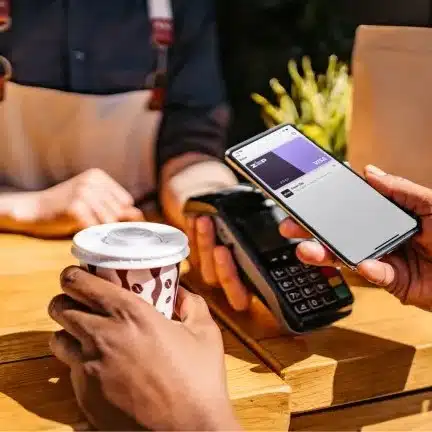Consumers with subprime or deep subprime credit scores accounted for the majority of buy now, pay later originations from 2021 to 2022, a report by the Consumer Financial Protection Bureau finds.
Within those two subsets, 45% of BNPL loans during that period were taken out by consumers with deep subprime credit scores, while consumers with subprime credit scores took out 16% of BNPL loans, the report says.
Consumers also took out more BNPL loans in 2022 than they did in 2021. Individual consumers took out 9.5 BNPL loans in 2022, on average, compared 8.5 loans per person in 2021. Some 63% of borrowers originated multiple simultaneous loans during 2022, while 33% did so across multiple lenders. The majority of BNPL loans originated during that time did not appear in credit records, the CFPB says.

The CFPB conducted the study to fill in what it calls a “data gap” in consumer credit records when it comes to BNPL loans, as BNPL lenders typically do not report loan activity to the credit bureaus. For the report, entitled “Consumer Use of Buy Now, Pay Later and Other Unsecured Debt,” the CFPB requested data from six of the largest BNPL lenders (Affirm Holdings Inc., Afterpay Ltd., Klarna AB, PayPal Holdings Inc., Sezzle, and Zip Co. Ltd), to conduct its research.
As the percentage of consumers taking out BNPL loans between 2021 and 2022 rose, so too did BNPL approval rates. The six BNPL lenders surveyed approved an average of 79% of applicants in 2022, up a tick from 78% in 2021 and up from 67% in 2020, the report says. Among applicants with subprime or deep subprime credit scores, BNPL lenders approved 78% of all loan requests in 2022.
One reason for the increase in approval rates is that BNPL lenders often made counter offers to consumers who did not qualify for a requested loan amount. Counteroffers may include a requirement for a downpayment higher than the typical 25% or approval for a lower amount of credit, the report says. In 2022, BNPL lenders making counteroffers saw an 8% increase in the number of loans approved.
The CFPB report also found that credit card utilization rates increase steadily in the year prior to consumers’ first-time BNPL use, “suggesting that decreasing credit availability could be one factor motivating BNPL use,” the report says.
Despite indications that many consumers take out BNPL loans to compensate for a lack of access to credit, BNPL default rates remain lower than is the case with credit cards. The likely reason, the CFPB concludes, is “due to automatic repayment requirements.”
Between 2019 and 2022, consumers defaulted on 2% of their BNPL loans, compared to a 10% default rate on credit cards they held during the same time period. In addition, consumers with subprime and deep subprime credit scores repaid their loan 96% of the time.
The CFPB cites differences between the repayment schedules for BNPL loans, which typically require the loan to be repaid in four installments, and for credit cards. Credit cards allow consumers to roll a balance over month-to-month, which the report cites as a possible reason for the lower default rate for BNPL loans.
Finally, the CFPB concludes its analysis of the BNPL market “does not determine whether BNPL causally induces increases in non-BNPL consumer debt, or whether consumers increase their use of BNPL in response to decreases in available credit, or whether neither is the case.”
Responding to the CFPB’s research, Affirm says by email that the report “did not factor whether consumers with credit card balances are revolving and thus paying interest on the balance or simply transacting on the credit card.”
On average, households in the United States have more than $7,000 in revolving credit card debt, while BNPL loans do not allow consumers to revolve debt, Affirm says. Affirm adds its average outstanding balance per user is about $660.
“Our success is aligned with consumers and responsibly extending access to credit that is repaid,” the company says. “We will review the CFPB’s report and continue to engage with them as we do with all of our stakeholders.”





